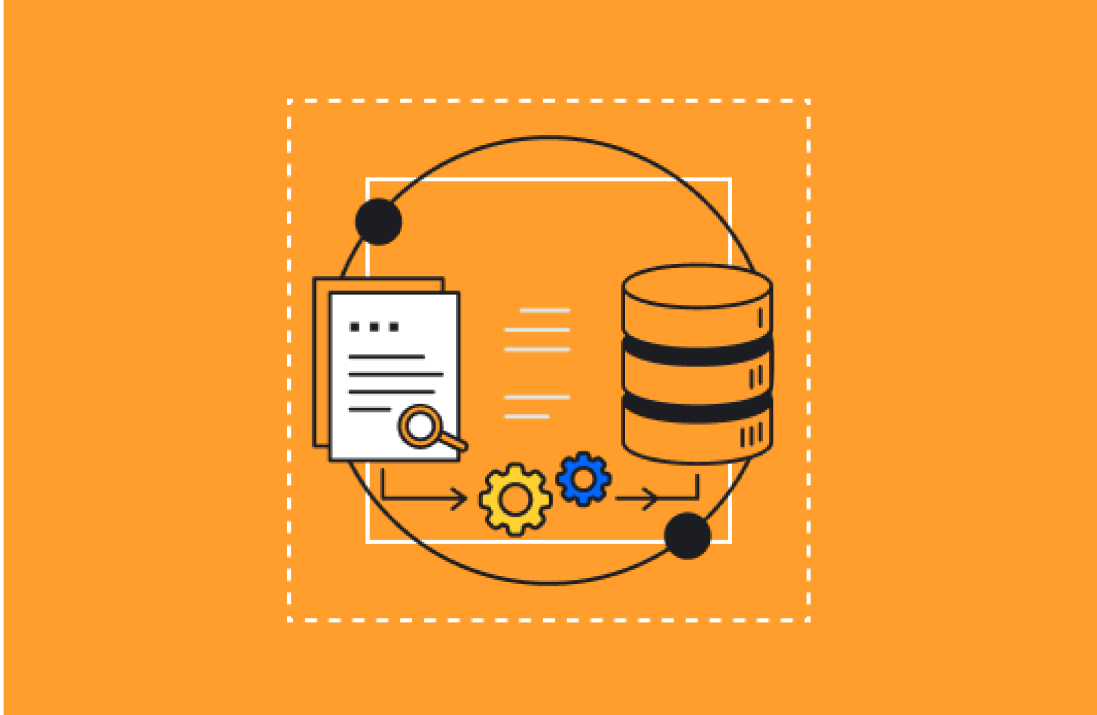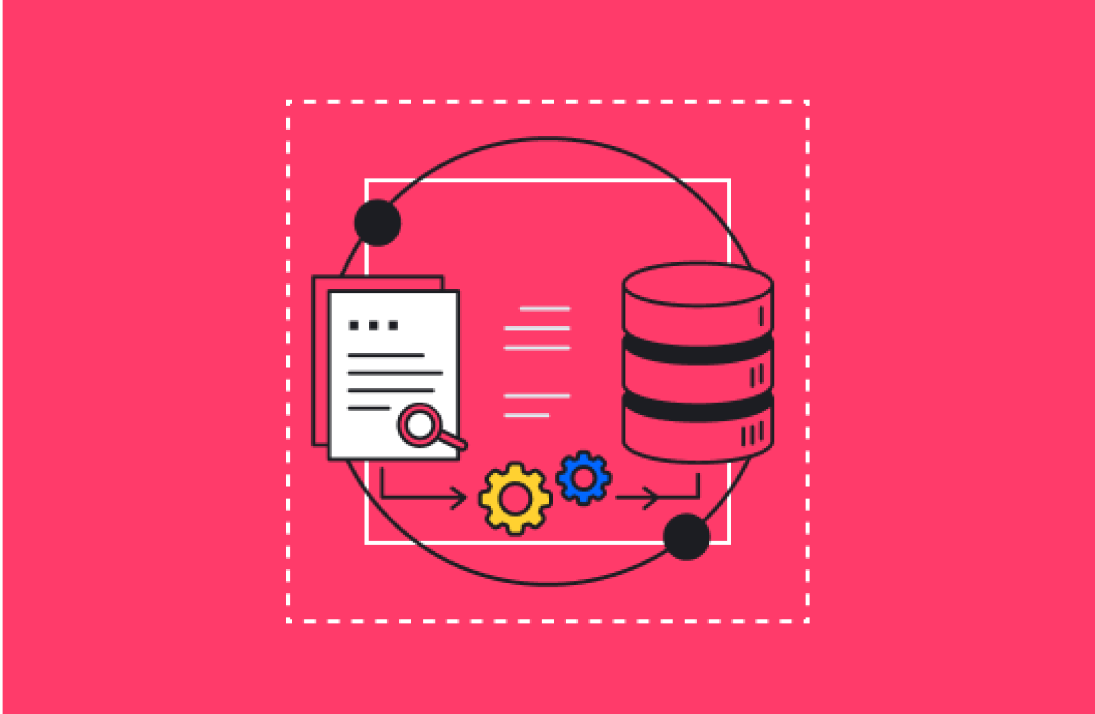If there’s one thing everyone can agree upon, it’s that business terminology can get confusing—especially when you’re talking about complex business processes that aren’t easy to define in a single sentence.
We’ve noticed that there can sometimes be confusion around the terms “marketing,” “growth,” and “RevOps.” Although these three things are intertwined, they aren’t interchangeable. You can engage in marketing without engaging in RevOps, and you can even grow your business without spending a dime on marketing.
Here’s what you need to know about these three terms and how they support your business goals.
Understanding Marketing
Marketing refers to any activity your business takes to promote the sale of your product or service. Perhaps the most straightforward form of marketing is traditional advertising, such as when you pay to have your product or service featured in a magazine or on television.
But marketing starts to get complicated when you add channels like email, social media, SMS, and more. Furthermore, these activities technically fall under the last function of marketing: marketing communications. Marketing also encompasses other aspects of your business strategy, such as pricing, product development, distribution, and customer support.
Function
Traditionally, there are four functions of marketing. They are Product, Price, Place, and Promotion (also known as “the four P’s”).
Product, the first function of marketing, refers to product development. Your product could be a physical product like a device, a digital product like software, or even an intangible product like a consulting service. Ideally, you’ll be able to come to market with a product that is in demand and differentiates your company from competitors.
Pricing refers to the price you want to sell your product for. Although this often seems straightforward, it’s one of the most important and challenging parts of the marketing function. Creating accurate pricing typically requires industry research, competitor research, and market research.
Place refers to where the product will be sold. Typically, this refers to your distribution channel or channels. if you sell software, a digital download or a cloud-based application is probably all you need, but you’ll need a logistics network or a network of distributors and sellers if you intend to distribute a physical product.
Finally, Promotion refers to what most people now recognize as “marketing.” After researching your customers and their motivations, you must choose the channels, strategies, and tools you’ll use to promote your product and encourage people to buy it.
Purpose
The main purpose of marketing is to generate customers, sales, and revenue for the business. But, as we’ve seen, it’s an integral part of almost every aspect of the business, from product development to customer assistance. Increasingly, research is also an essential component of marketing.
According to Caroline Forsey at HubSpot, “The purpose of marketing is to research and analyze your consumers all the time, conduct focus groups, send out surveys, study online shopping habits, and ask one underlying question: ‘Where, when, and how does our consumer want to communicate with our business?’”
Impact
Marketing impacts the growth of your business by helping you earn new customers, serve existing customers, and earn additional sales. All these impacts, in turn, help to generate more revenue for your business.
There are also indirect impacts to marketing, some of which are measurable and some of which aren’t. For example, you could run a marketing campaign to get more subscribers to your blog. This might not directly impact your revenue, but you can still measure the result of such a campaign.
Other impacts, like brand awareness, are much harder to quantify: After decades of marketing, Coca-Cola is now a household name across the world, but it’s hard to measure that type of awareness on a chart.
Understanding Growth
Growth is the stage at which the business can expand and create new opportunities to generate revenue and profit. In most cases, growth is a necessary function to the survival of the business. Businesses that can’t grow are usually outmatched by their competitors, which leaves them vulnerable to acquisition or obsoletion.
Function
Just because a business is profitable doesn’t necessarily mean that it’s growing. It’s possible to generate a profit for your business but maintain the status quo. Growth only occurs when the business expands its operations and gains new capabilities to generate more profit.
Typically, this occurs when the business obtains additional assets, such as new tools, new products and services, access to new markets, and additional talent.
Growth isn’t possible if the business isn’t profitable, as profitability is a requirement for the business to maintain its existence.
Purpose
Most new companies focus first on profitability, then focus on growth. Once the company has established a profitable baseline in its operations, marketing and business development teams can search for new opportunities and investments to grow the business.
The purpose of growth is to gain even greater opportunities for profitability and expand the capabilities of the business. This, in turn, creates new opportunities and more profit for the company’s stakeholders, such as its employees, management, and shareholders.
Impact
Most businesses set growth as a key objective, but it also involves risk.
For example, business growth can grant the business more purchasing power, so it can take advantage of bulk discounts from suppliers. It can also help the company reach new customers and markets, generate more sales through scaled availability of its products and services, and reduce external risks from competitors.
However, businesses can grow too fast. Growth always requires an investment, and if that investment is mismanaged, it could result in a shortage of cash.
The company must also be able to scale its internal processes to accommodate growth. Getting new customers and expanding your products and services is great, but you need the employees, tools, and partnerships to support that increase in demand. You’ll also need to maintain all your investments, so growth must be followed by profitability.
Understanding RevOps
RevOps, or “Revenue Operations,” encompasses all the business operations involved in generating and optimizing the customer experience, thereby generating revenue for your company.
According to our official definition, RevOps is “the combination of people, process, and technology that makes up the lead to customer experience (or customer lifecycle) for the end-user and captures data to improve it.”
Function
Functionally, RevOps is like DevOps. It isn’t a function performed within a single department in your business. Instead, it’s a set of practices and processes that bind all your business functions together (marketing, sales, customer success, etc.) to improve the customer experience and optimize revenue generation.
Purpose
The true purpose of RevOps is to generate more revenue for your business. However, this can only be accomplished by improving the customer experience. RevOps ensures every part of your business is working toward this goal instead of saddling specific business units with separate tasks.
Historically, sales teams have often be held responsible for revenue generation. But they can’t generate revenue without the support and alignment of other departments, such as marketing.
Impact
RevOps can help you connect all your business functions and eliminate silos. Instead of working separately on unaligned projects, all your teams work together on projects that improve the customer experience and generate revenue. Each function is connected by digital tools and processes to promote visibility, collaboration, and smooth operation.
The direct impact of RevOps on your business is clear. If you’re generating more revenue, you have a better chance of generating more profits. This can help you contribute to the growth of your company.
Marketing, Growth, and RevOps Work Together
As you can probably tell, all these processes overlap in some ways, but they all work together to help your business become more profitable and grow.
Marketing helps you get your products and services to market, then helps you promote them to generate business. RevOps aligns all your business functions to improve the customer experience, generate more valuable customer lifecycles, and boost your revenue. With higher revenue, you can improve your organization’s profitability and invest in its growth.
This system is repeatable and scalable if you have the right tools, strategies, and insights. At A8, we specialize in helping businesses align their technologies and strategies toward RevOps, so they can grow and scale to meet new opportunities.
Contact us at A8 to learn more.






